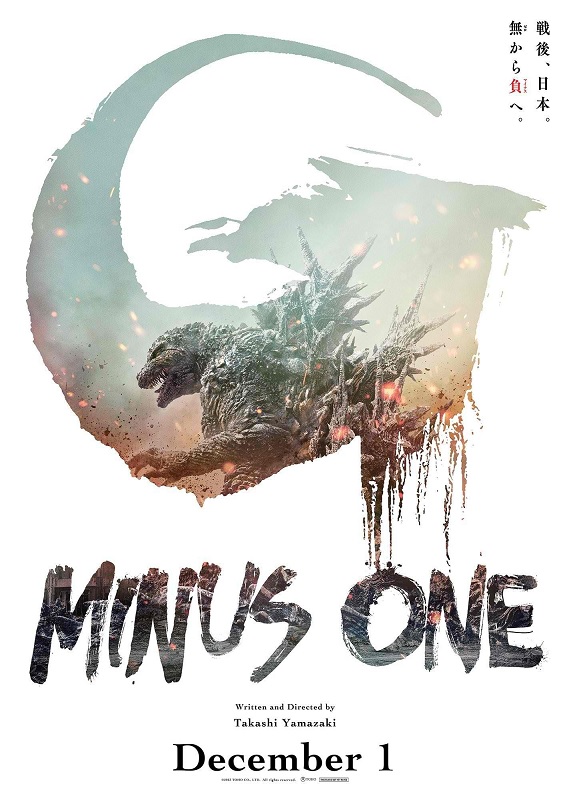
2023 – Godzilla Minus One

I’ll just say, right off the bat, that I’ve never been a big Godzilla fan. I’ve always seen the old original Godzilla movies from the 1950s and 60s as cheesy, poorly made films that appealed to juvenile audiences and nerds, a term which I actually use lovingly, as I consider myself one. In fact, kaiju films just never held any interest for me. Even the modern, American-made Godzilla movie from 1998 with Matthew Broderick got terrible reviews and was practically disavowed by Godzilla fans. But I actually enjoyed this movie, and I loved its visual effects. Here’s why.
Despite the fact that this is a modern movie, it was done as a period piece. I think it was one of the most amazing things about the visuals of the movie. Everything had the look and feel of a movie from the 1960s. From the way it was acted, to the way it was filmed, this movie had an antiquated aesthetic that helped to tell the story. The visual effects were so good that though it was obvious modern effects technology was being employed, you might still mistake it for a sixty year old film. And because that was intentional, it was amazing.
The design of the monster was great. It looked like the original Godzilla of old, and at times, you could almost see the man in the rubber suit. But because it was all done with modern CGI and digital effects, the VFX artists achieved a realism of form and motion that could never have been done in the mid-20th century. In the water, Godzilla was like an agile aquatic creature. It destroyed ships and was made maybe just a little more terrifying because you couldn’t see its full size. But on land you could see it all, from the prehistoric spikes on its back to the massive tail, capable of destroying tall buildings with a casual swish.
And the destruction of Tokyo was so cool! Again, it was filmed to have the look of a movie from the 1960s, but it was done with modern movie-making techniques. The running people, the crumbling buildings, the flying debris, and the dust and smoke, all combined to make for a thrilling scene of power and devastation. You’d almost think you were watching the guy in the rubber suit laying waste to the miniature city with its fake buildings, but the hyper-realism was too spot on. Every detail was intentional. He tore apart a train, stepped on fleeing humans, and used his nuclear blast breath ray. It was visually stunning and looked incredible on the screen.
After all, that was where the original Godzilla came from, right? Godzilla and kaiju was the direct result of the nuclear bombs that were detonated in Japan at the end of WWII. Godzilla is a metaphor for nuclear weapons, and is one, itself. The electric blue nuclear effects had the look and feel of something from the 60s, but were clearly modern. It was amazing and I think the Oscar win was deserved. And will there be a sequel? Only time will tell, but I’ll bet the effects will be amazing!


